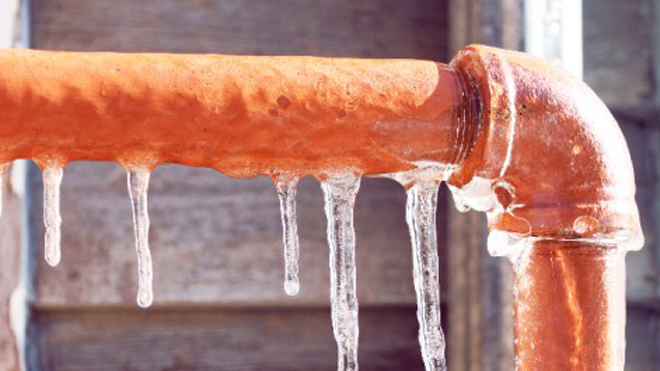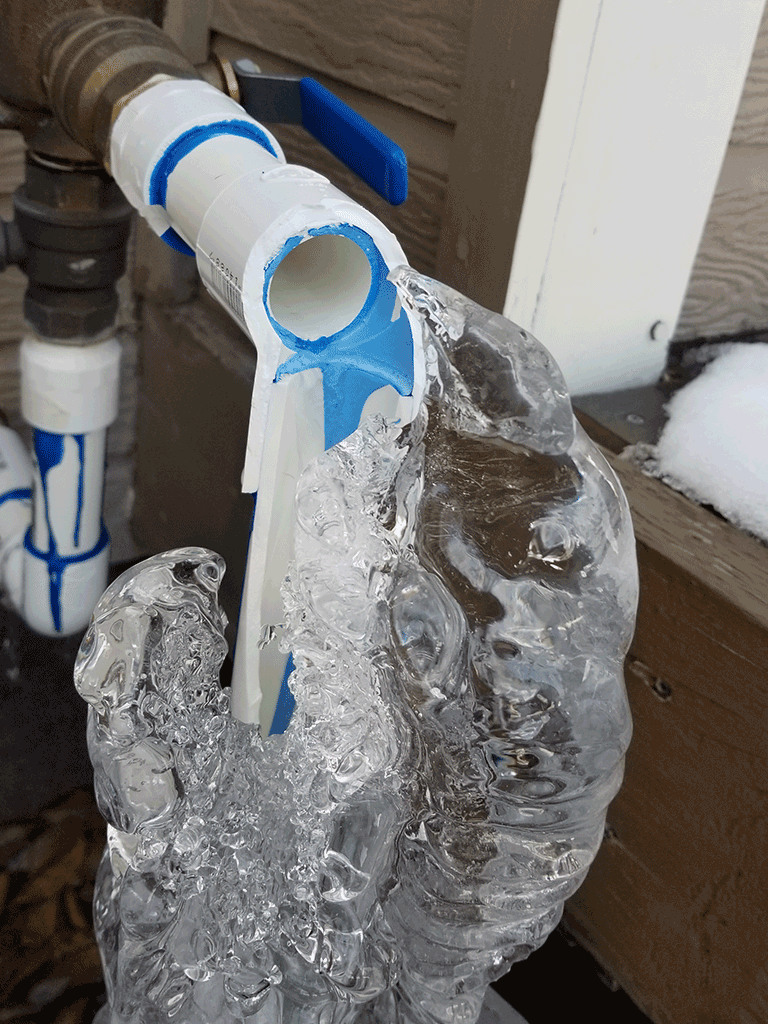What are your thoughts with regards to How to Prevent Your Pipes From Freezing?

Winter can wreak havoc on your pipes, especially by freezing pipelines. Right here's how to avoid it from taking place and what to do if it does.
Intro
As temperature levels decrease, the threat of frozen pipes boosts, possibly bring about expensive repair work and water damage. Recognizing exactly how to avoid icy pipelines is critical for house owners in cool climates.
Avoidance Tips
Protecting vulnerable pipes
Wrap pipelines in insulation sleeves or make use of heat tape to secure them from freezing temperature levels. Focus on pipes in unheated or external locations of the home.
Heating strategies
Maintain interior areas appropriately heated up, particularly areas with plumbing. Open closet doors to permit cozy air to circulate around pipes under sinks.
Exactly how to determine frozen pipes
Seek decreased water flow from faucets, uncommon smells or sounds from pipes, and noticeable frost on subjected pipes.
Long-Term Solutions
Architectural changes
Take into consideration rerouting pipelines away from exterior wall surfaces or unheated areas. Add added insulation to attics, basements, and crawl spaces.
Upgrading insulation
Buy top notch insulation for pipelines, attics, and wall surfaces. Correct insulation aids preserve constant temperature levels and lowers the risk of frozen pipes.
Securing Exterior Pipes
Yard tubes and outdoor faucets
Detach and drain garden tubes prior to winter. Mount frost-proof spigots or cover exterior taps with shielded caps.
Comprehending Frozen Pipes
What creates pipelines to ice up?
Pipes freeze when exposed to temperatures below 32 ° F (0 ° C) for expanded durations. As water inside the pipes ices up, it broadens, taxing the pipeline walls and potentially creating them to break.
Risks and problems
Frozen pipes can lead to supply of water disruptions, home damage, and pricey repair services. Ruptured pipes can flooding homes and cause extensive structural damages.
Indicators of Frozen Water Lines
Recognizing frozen pipelines early can avoid them from breaking.
What to Do If Your Pipelines Freeze
Immediate activities to take
If you believe icy pipelines, keep taps open to ease pressure as the ice melts. Utilize a hairdryer or towels taken in hot water to thaw pipes slowly.
Conclusion
Avoiding icy pipes calls for positive actions and fast actions. By recognizing the causes, signs, and preventive measures, house owners can shield their plumbing throughout cold weather.
5 Ways to Prevent Frozen Pipes
Drain Outdoor Faucets and Disconnect Hoses
First, close the shut-off valve that controls the flow of water in the pipe to your outdoor faucet. Then, head outside to disconnect and drain your hose and open the outdoor faucet to allow the water to completely drain out of the line. Turn off the faucet when done. Finally, head back to the shut-off valve and drain the remaining water inside the pipe into a bucket or container. Additionally, if you have a home irrigation system, you should consider hiring an expert to clear the system of water each year.
Insulate Pipes
One of the best and most cost-effective methods for preventing frozen water pipes is to wrap your pipes with insulation. This is especially important for areas in your home that aren’t exposed to heat, such as an attic. We suggest using foam sleeves, which can typically be found at your local hardware store.
Keep Heat Running at 65
Your pipes are located inside your walls, and the temperature there is much colder than the rest of the house. To prevent your pipes from freezing, The Insurance Information Institute suggests that you keep your home heated to at least 65 degrees, even when traveling. You may want to invest in smart devices that can keep an eye on the temperature in your home while you’re away.
Leave Water Dripping
Moving water — even a small trickle — can prevent ice from forming inside your pipes. When freezing temps are imminent, start a drip of water from all faucets that serve exposed pipes. Leaving a few faucets running will also help relieve pressure inside the pipes and help prevent a rupture if the water inside freezes.
Open Cupboard Doors
Warm your kitchen and bathroom pipes by opening cupboards and vanities. You should also leave your interior doors ajar to help warm air circulate evenly throughout your home.

I was shown that write-up on How to prepare your home plumbing for winter weather through an acquaintance on a different web property. Those who appreciated our blog post plz be sure to share it. Thanks so much for going through it.
Contact Us Now